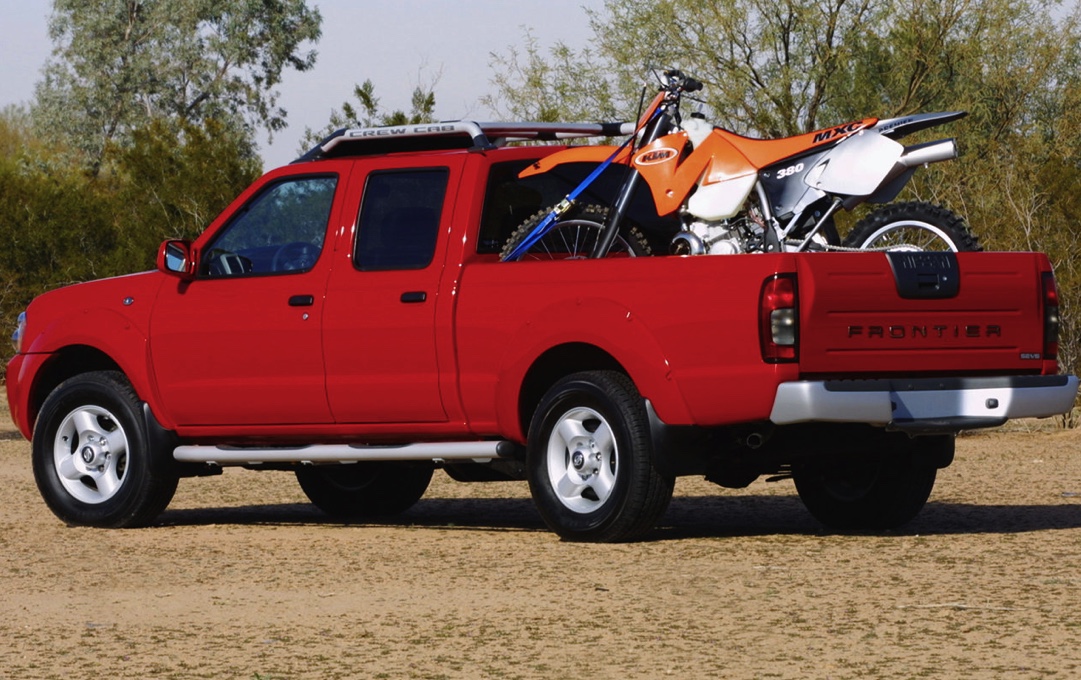
Here we look at the cars offered in 2019 that will be retired by 2024, and the new models expected that year. By contrast, we list new models currently available and their 2023 prices.Īnother clear example can be found with Chevrolet. To illustrate, below we feature Ford models that were offered in 2019 and since retired, and their prices. For example, Ford famously cut cars from its product line this decade to focus on EVs, SUVs, and pickup trucks, which made the average transaction price for Ford soar. The shift in the model mix is profound when you look back just a few years. Even though the EV prices have decreased-reflecting Tesla price cuts, federal incentives, and more electric models coming to market-their prices are still raising the overall average.) Combined, these factors are driving up the average cost of new cars and reducing lower-priced options from the market. (The average new EV sold for $53,376 in August, down from $65,688 one year ago, according to Kelley Blue Book. Throw in the ongoing supply chain complications with computer chips limiting the total number of vehicles that can be produced, and it is clear why some automakers are putting resources toward the most profitable models-at the very same time the electric car revolution is rapidly gaining momentum. “The end result is that while all vehicles have become a lot more efficient, there has been a rapid shift away from producing sedans and wagons to producing more SUVs and pickups.” “Automakers lobbied heavily and won changes to the rules that made it much easier to sell bigger and heavier vehicles in exchange for stronger overall standards,” says Chris Harto, senior policy counsel for Consumer Reports. That means automakers have less incentive to produce small cars and instead can focus on more-profitable SUVs and trucks. But in 2008 fuel-economy regulations were changed to focus on “footprint”-how well a model performs for its size-rather than the average for all the vehicles a company sells.

To meet those standards, they sold fuel-efficient cars at little or no profit that offset the lower MPGs of larger SUVs and trucks. In the past, automakers had to meet average fuel-economy standards set by the National Highway Traffic Safety Administration for their entire fleet.


 0 kommentar(er)
0 kommentar(er)
